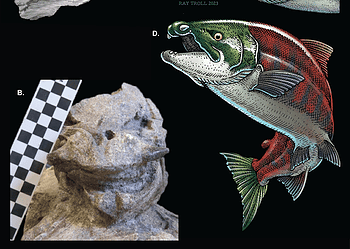In what is not only a laudable initiative but also an interesting precedent, president Obama has declared a large swath of southwest Alaska’s coast off-limits to oil and gas drilling. He stated that the environmental risks are the main reason why he is taking this measure – the oil exploitation could endanger fisheries which are vital for the area.
“It is a beautiful natural wonder and it is something that is too precious to just put out to the highest bidder,” Obama said, announcing the drilling ban. He also called the 250-mile-long stretch of coastline “one of America’s greatest natural resources.”
Bristol Bay is located in South-Western Alaska. The is 400 km (250 mi) long and 290 km, (180 mi) wide at its mouth; it is home to the world’s largest sockeye salmon fishery as well as strong runs of chum salmon, silver salmon and king salmon, each occurring seasonally. Kings are usually the first to run up the river followed by reds and chums. The major industries associated with the area are sport fishing and tourism, but recently area has also experienced significant interest in oil and mineral development. The Obama ban puts a stop to oil exploration there.
The decision means that federal water will remain permanently off limits for oil and gas exploration. While the decision was expected, it was still hailed by workers in the area and environmentalists.
“This action ensures Bristol Bay will remain America’s fish basket for generations to come, unspoiled by additional industrial activity and safeguarded for the benefit of Alaskans and all Americans,” said Michael Conathan, director of ocean policy for the Center for American Progress, a Washington think tank.
However, mineral exploration in the area is still debatable. The EPA is considering whether to preemptively ban mineral extraction in the region, and this decision gives a strong indication of what the EPA will decide.






